
Historic Centre made of wood in early modern Japan
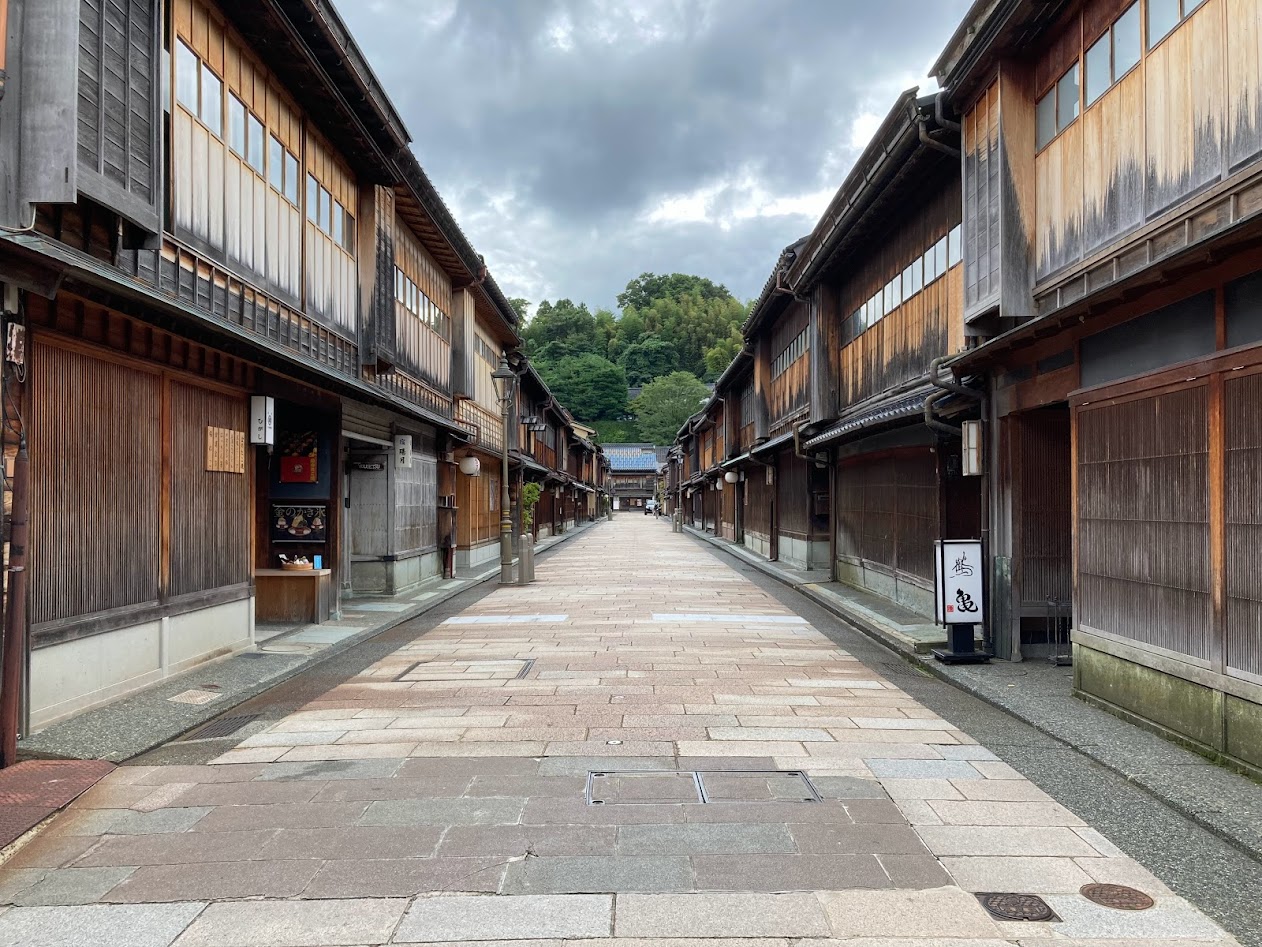
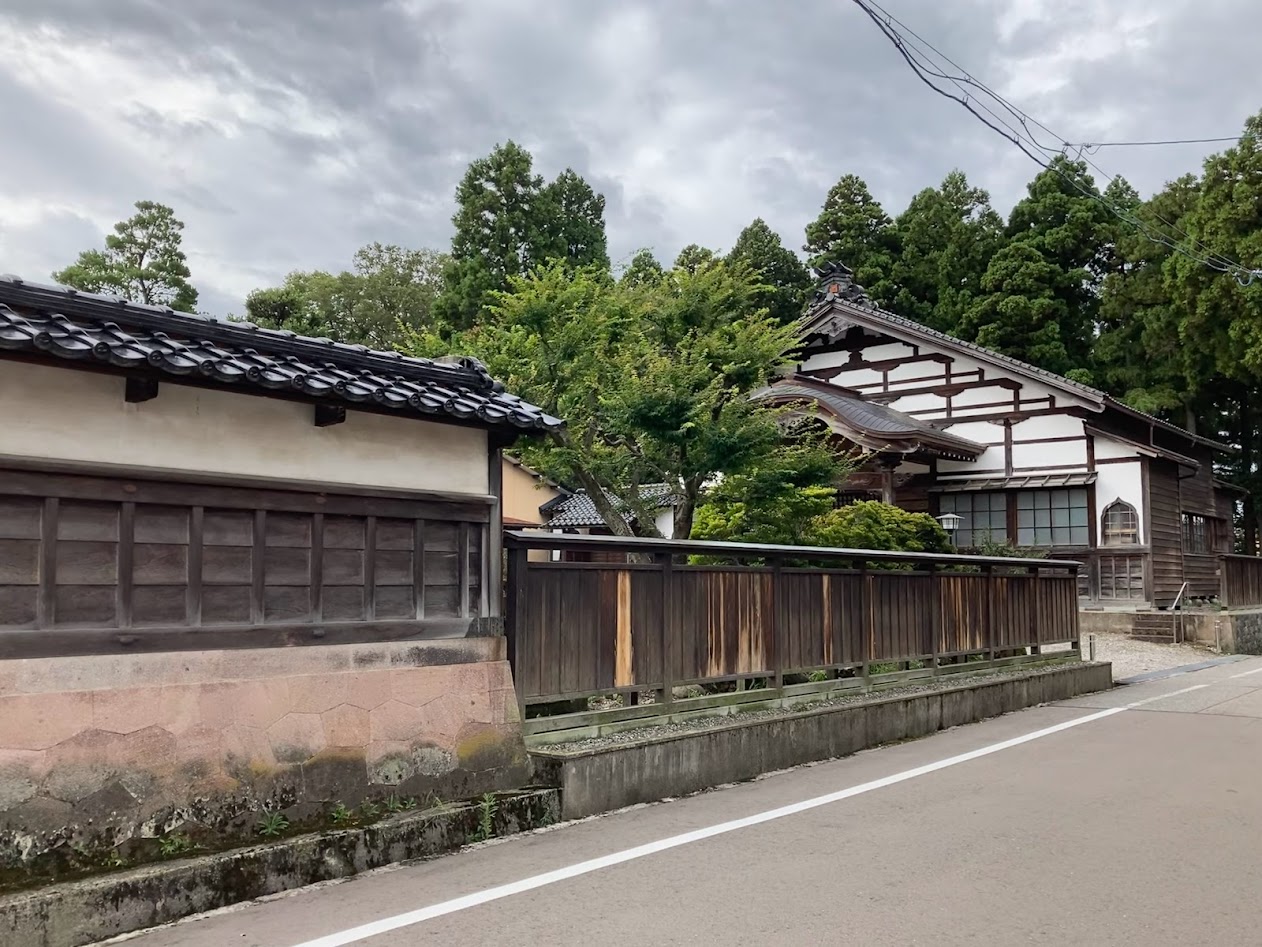
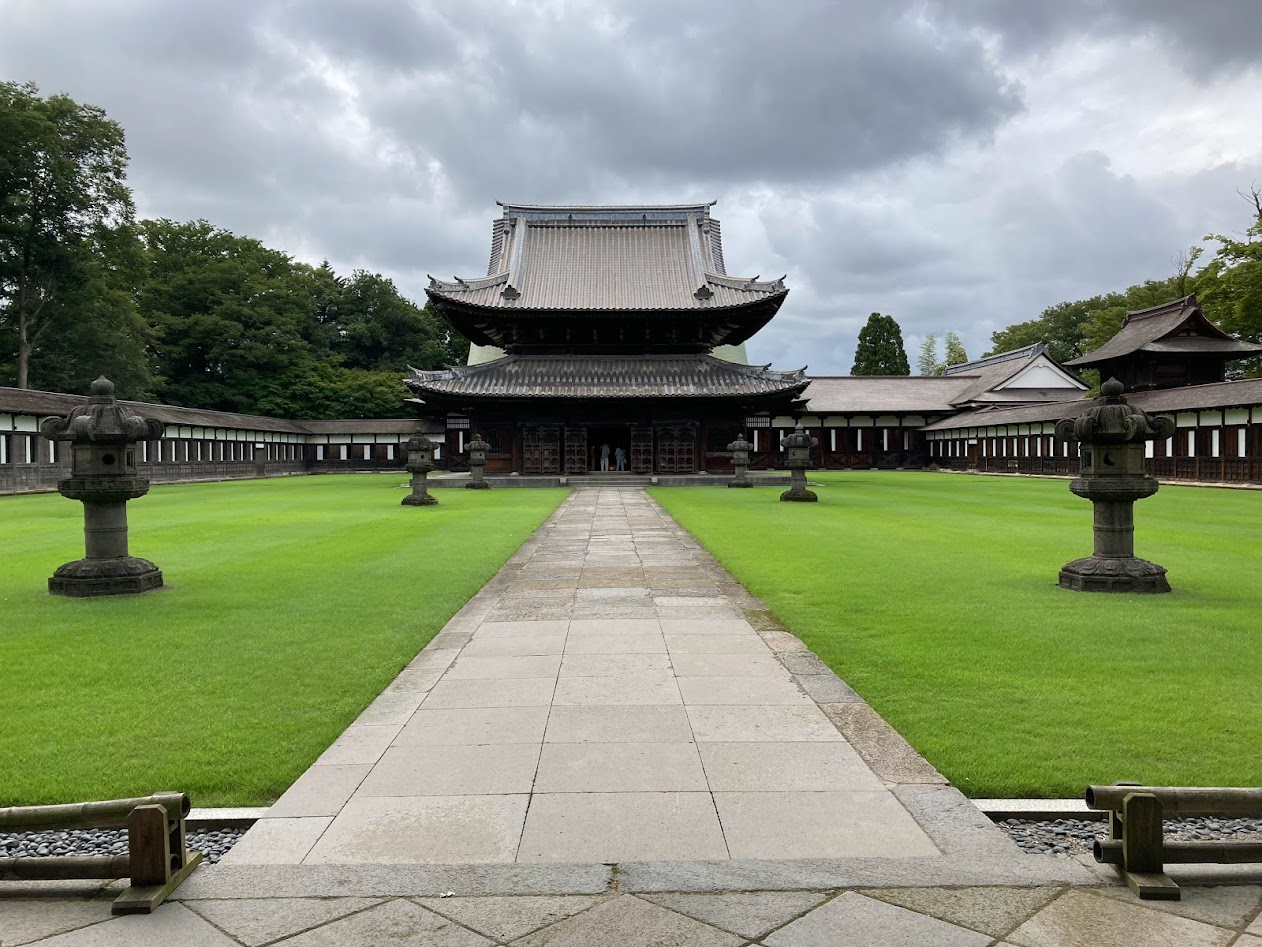
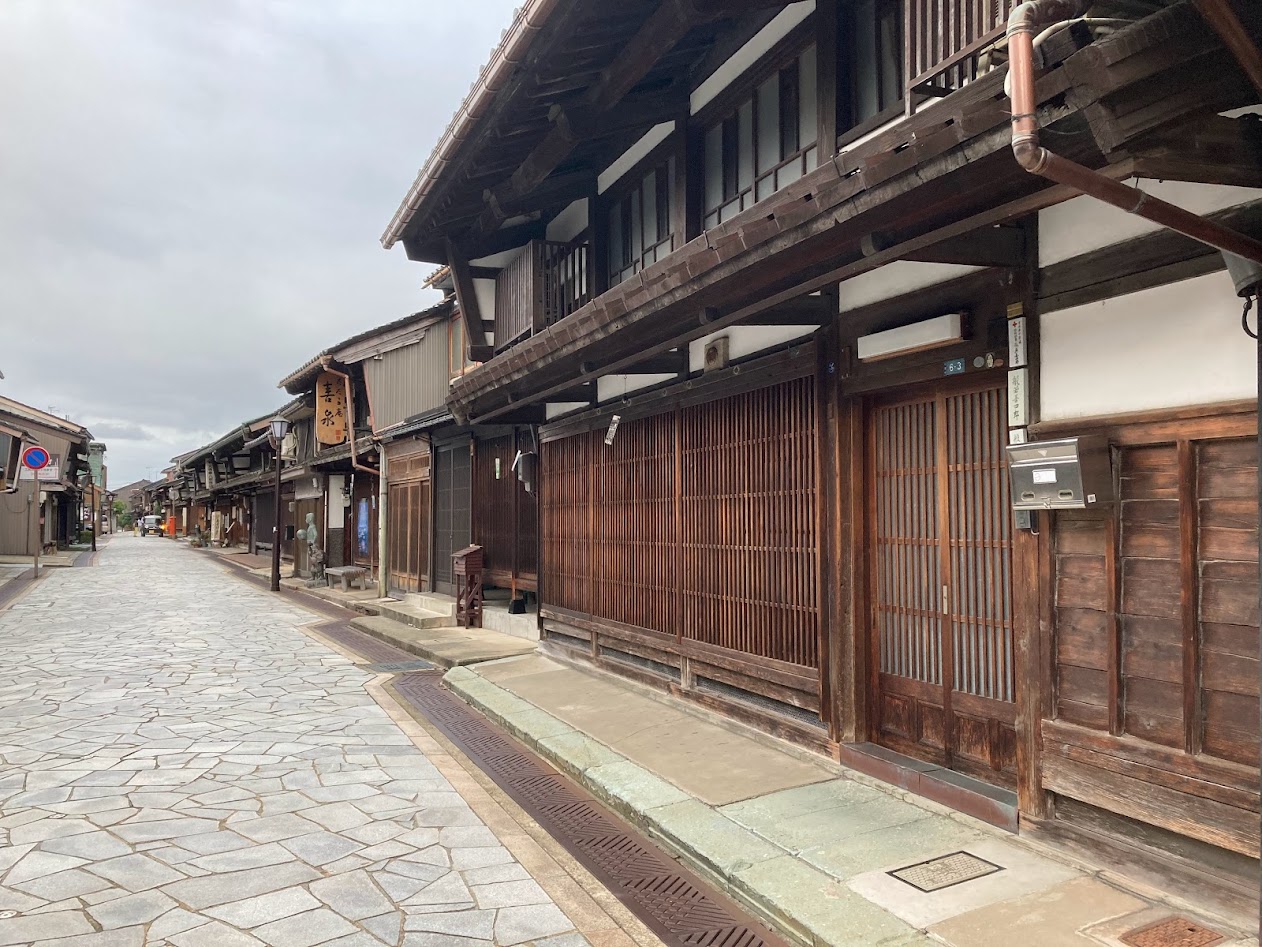
Kanazawa City, Ishikawa Prefecture, and Takaoka City, Toyama Prefecture, each have castle towns and commercial and industrial cities from the early modern period that remain just as they were at the time. There are plenty of landscapes that remain just as they were at the time, including castles, samurai towns, merchant towns, and artisan towns, feudal lord gardens that convey the atmosphere of the time, and large temples. Furthermore, both cities were territories of the Kaga domain, which was active in cultural activities in the early modern period. This is why Japan's representative arts and culture have been developed and passed down, and have received international acclaim. For this reason, both cities can be said to be examples of early modern Japanese cities.
These cultural assets in Kanazawa and Takaoka maybe registered as World Heritage Sites.

contents
In Kanazawa, a castle town was formed. This castle town was made up of various elements, including the castle, the samurai district where the samurai lived, the townspeople's district where the townspeople lived, the temple district where temples were concentrated, the “Chaya” district where restaurants and other businesses were located, and waterways. The reason Kanazawa has all these elements is because it was a major city that represented early modern Japan. Therefore, the streetscape that still remains in Kanazawa today can be said to be representative of the landscape of castle towns in early modern Japan.
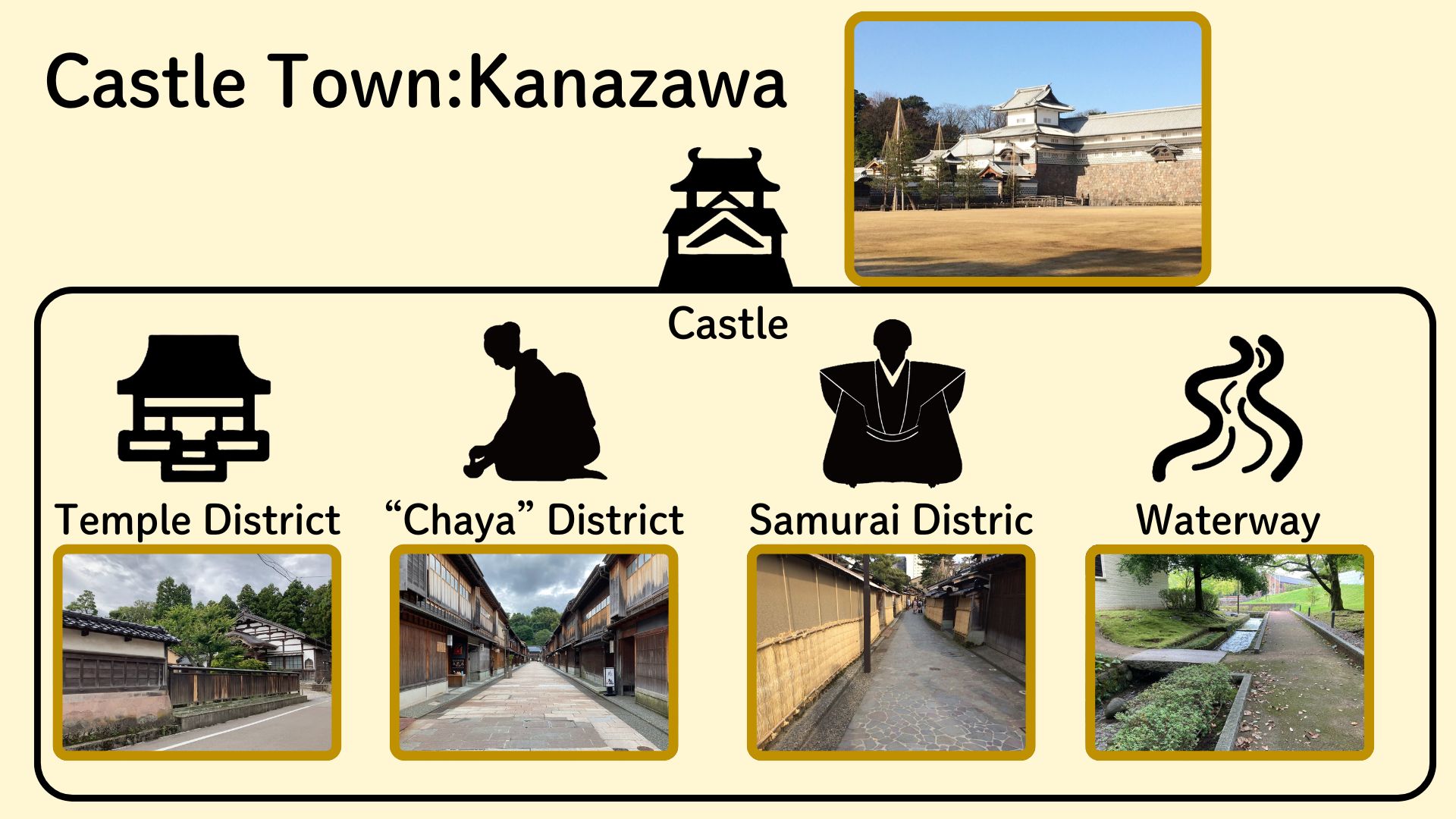
On the other hand, Takaoka developed as a commercial and industrial city. This commercial and industrial city is made up of districts such as a merchant town where commerce took place, an artisan town in the area where castings were produced, and a port town that prospered through rice trading. Furthermore, multiple large-scale temples are also an essential element when talking about Takaoka's development. Many commercial and industrial cities from the early modern period remain throughout Japan, but no other city has as many of the elements that make up a commercial and industrial city as Takaoka. Therefore, the streetscape that still remains in Takaoka today can be said to be representative of the landscape of early modern Japanese commercial and industrial cities.
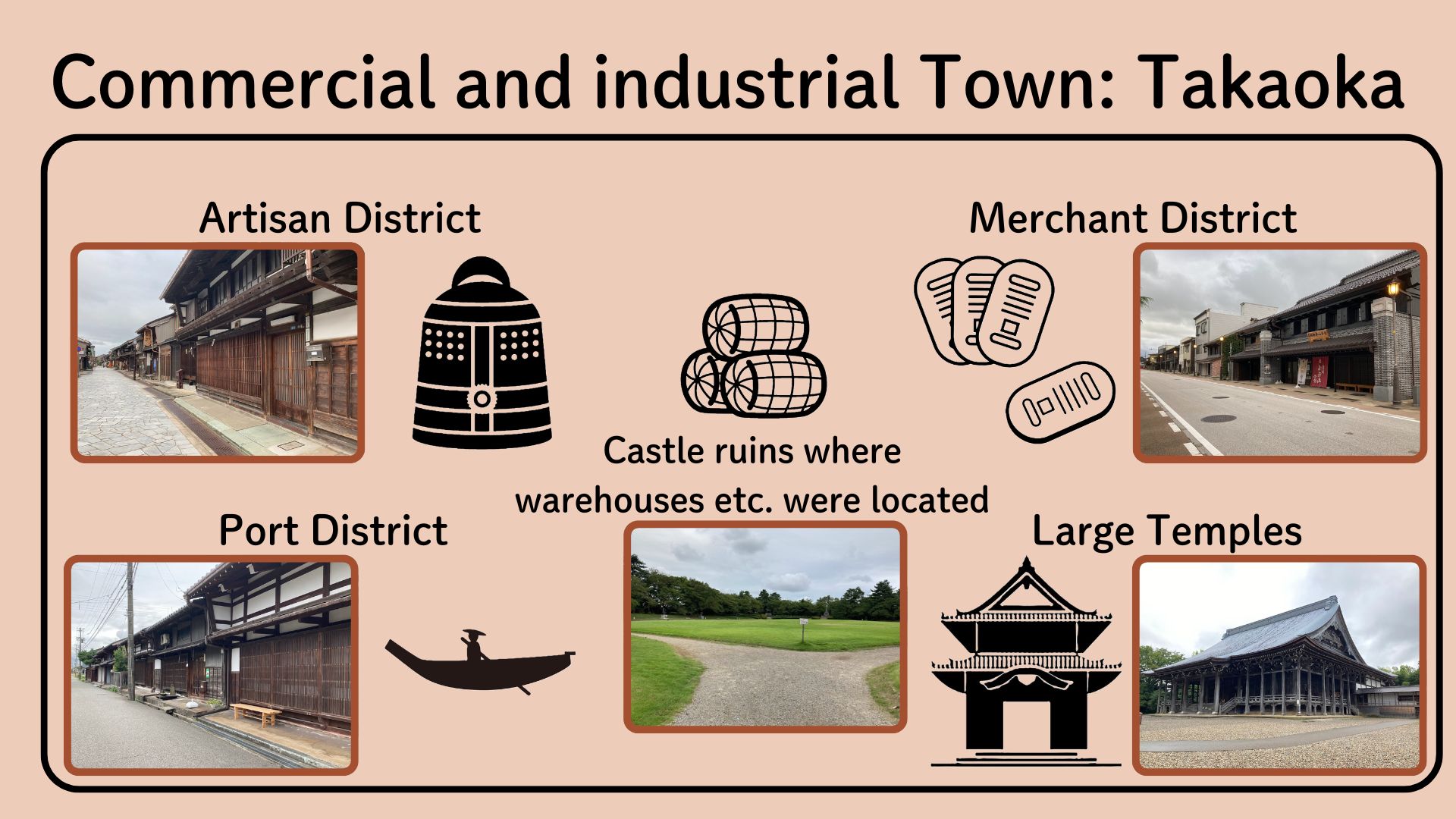
The Maeda clan ruled the Kaga domain, where both Kanazawa and Takaoka were located. The Maeda clan developed these two cities and helped develop the Kaga domain into one of Japan's leading economic regions. Cultural assets related to the Maeda clan, such as feudal gardens and graves, remain in both cities.

These are outstanding examples of the kind of politics and urban development carried out by feudal domains in early modern Japan, and the kind of streetscapes and scenery that were cultivated. In other words, Kanazawa and Takaoka are representative townscapes that convey the history of feudal politics in the early modern era.
During the early modern period, the Kaga Domain used its abundant economic power to focus on culture and the arts. As a result, Kanazawa and Takaoka still retain much of the culture and art from early modern times. The strength of both cities is that the landscapes in which these cultures and arts were nurtured remain. These cultural arts have been exhibited at World's Fairs in modern times and are known for their high international reputation. In addition, in Takaoka, the Mikurumayama float, which can be said to be a culmination of the town's crafts, is displayed every year at the town festival.
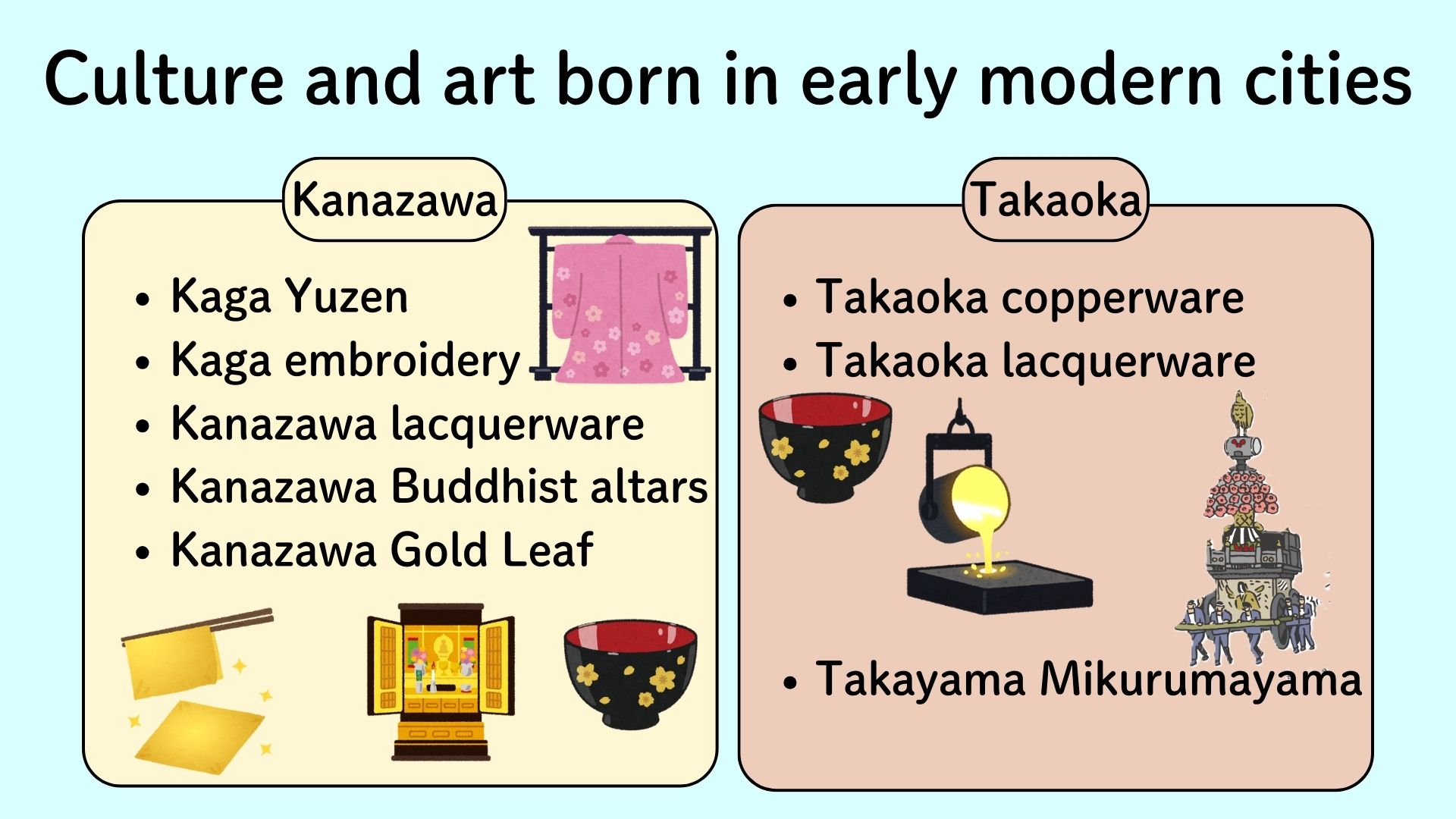
Kanazawa and Takaoka, where the landscapes and arts and culture of the early modern period remain intact, are truly representative of that era.
| Name of cultural assets | Explanation | Photo | Location |
|---|---|---|---|
| Kanazawa Castle Ruins (金沢城跡) |
This castle was the residence of the Kaga clan and served as the center of the castle town of Kanazawa. It was also the place where urban development and cultural policies for both Kanazawa and Takaoka were decided. | Google Map | |
| Kenroku-en (兼六園) |
This feudal lord garden is counted among the three most famous gardens in Japan and has been built by the Maeda family for generations. | Google Map | |
| Zuiryu-ji (瑞龍寺) |
This is a large temple built to commemorate the second feudal lord who founded Takaoka. |  |
Google Map |
| Nagamachi Samurai District (長町武家屋敷跡) |
This is a samurai town lined with the residences of the samurai who lived in the castle town. | Google Map | |
| Higashi Chaya District (ひがし茶屋町) |
This district is home to many geisha houses from the early modern period. |  |
Google Map |
| Tera-machi Temple District (寺町寺院群) |
This is a temple district where the narrow streets and street layout from the feudal era remain prominent. | 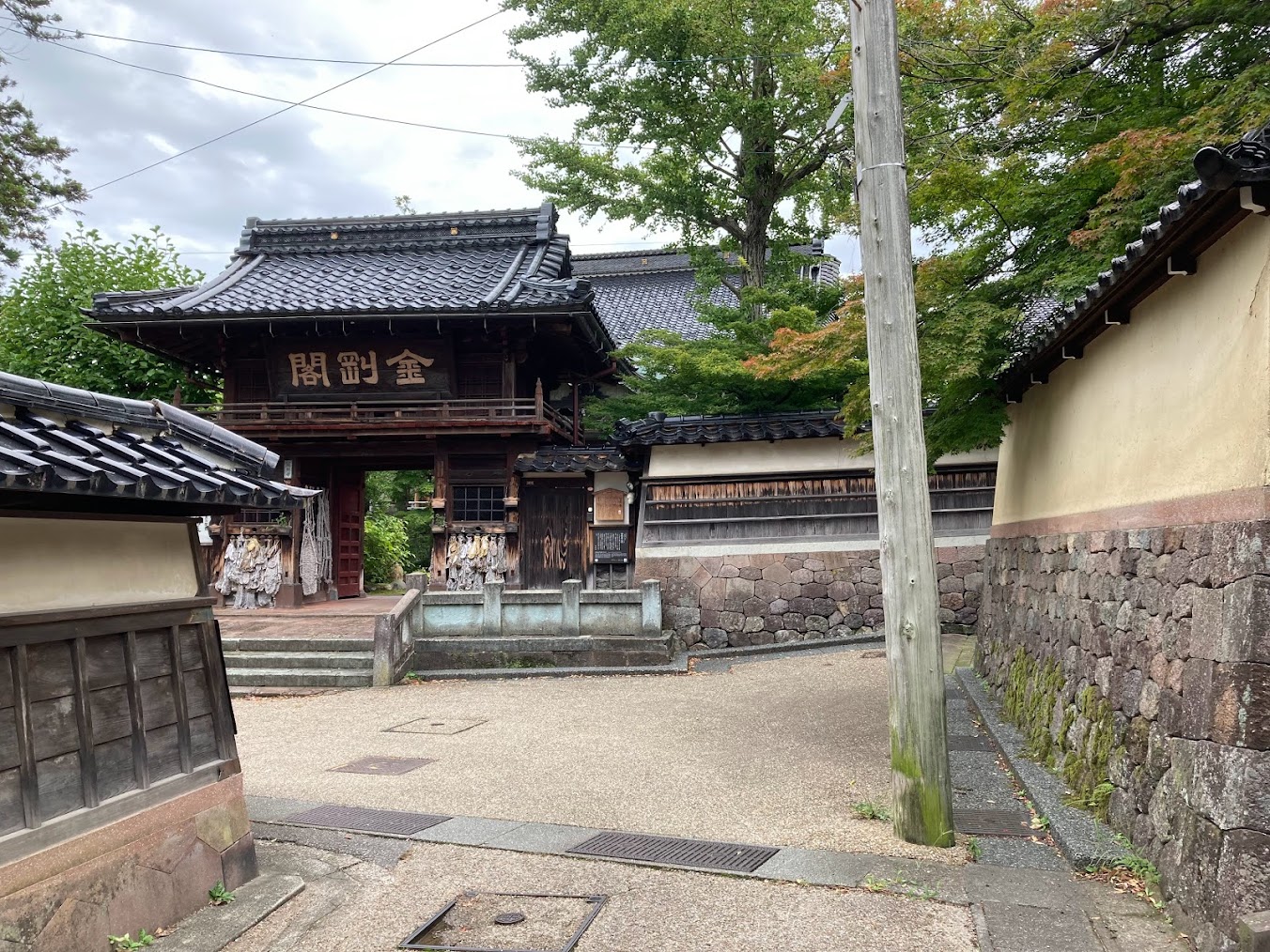 |
Google Map |
| Kanaya-machi (金屋町) |
It is a foundry town that developed due to the foundries that create Takaoka castings, which developed in Takaoka. |  |
Google Map |
| Syoko-ji (勝興寺) |
It is a large temple whose appearance has remained unchanged since early modern times and is an essential part of any discussion of Takaoka. | 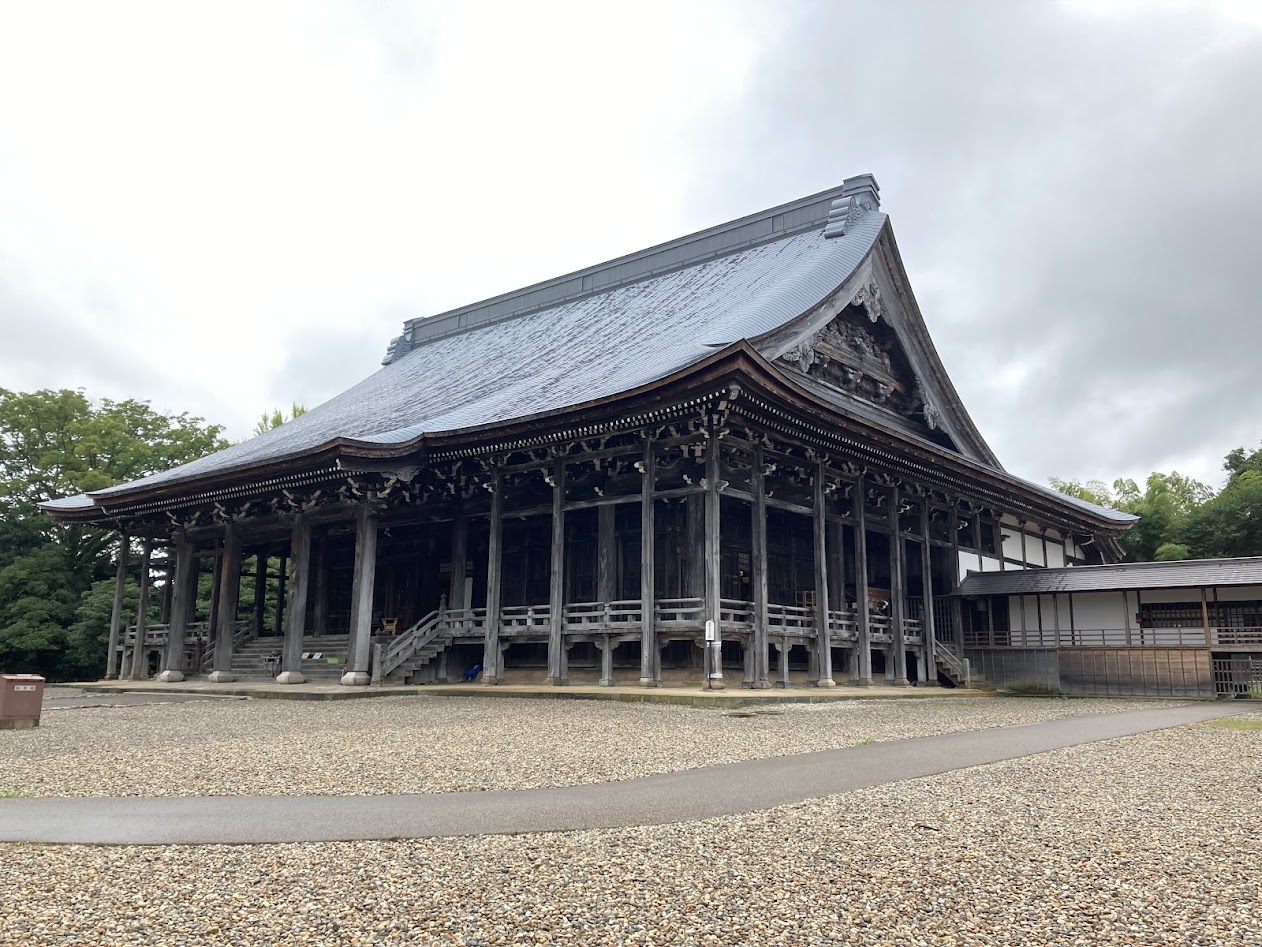 |
Google Map |